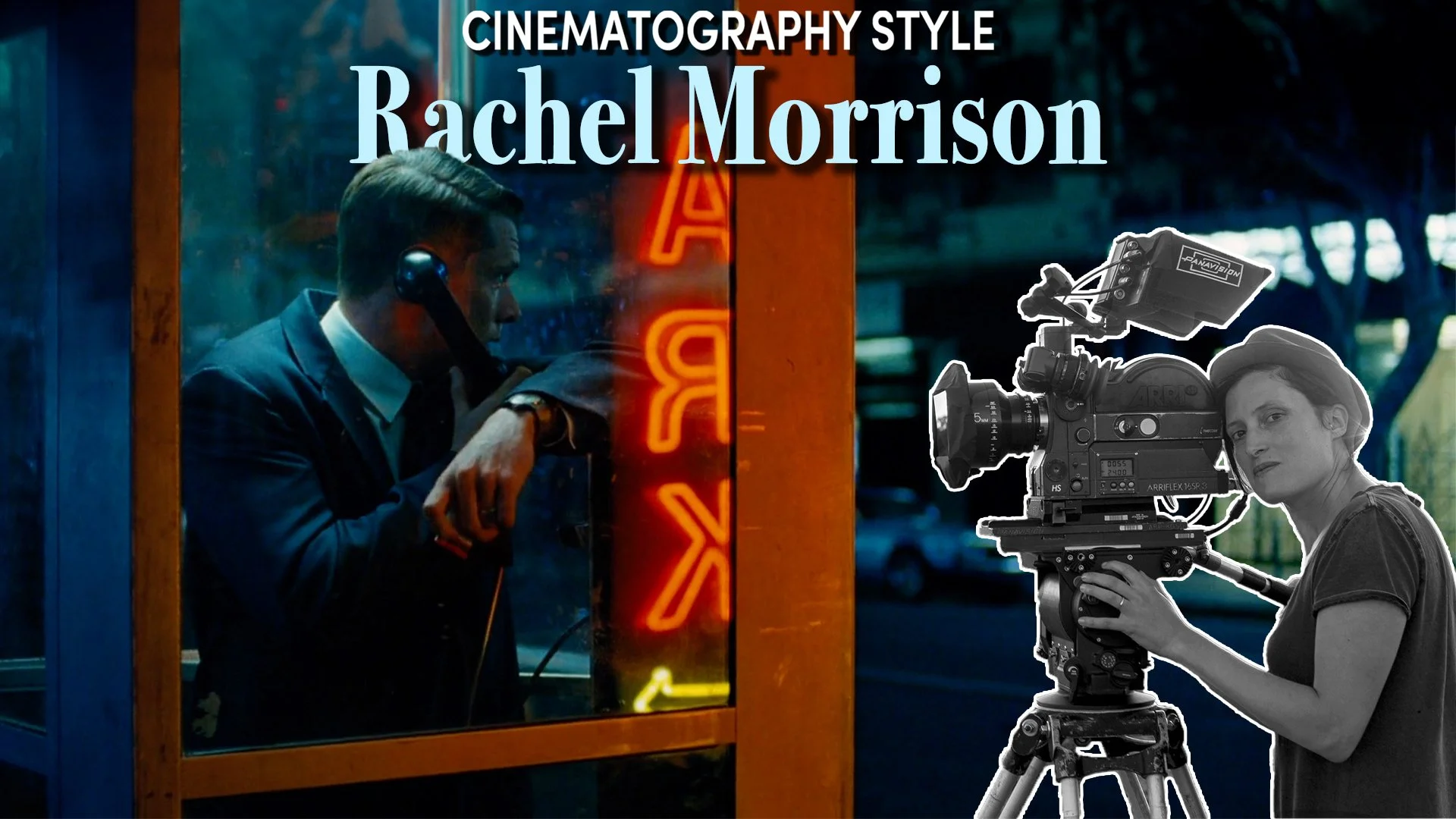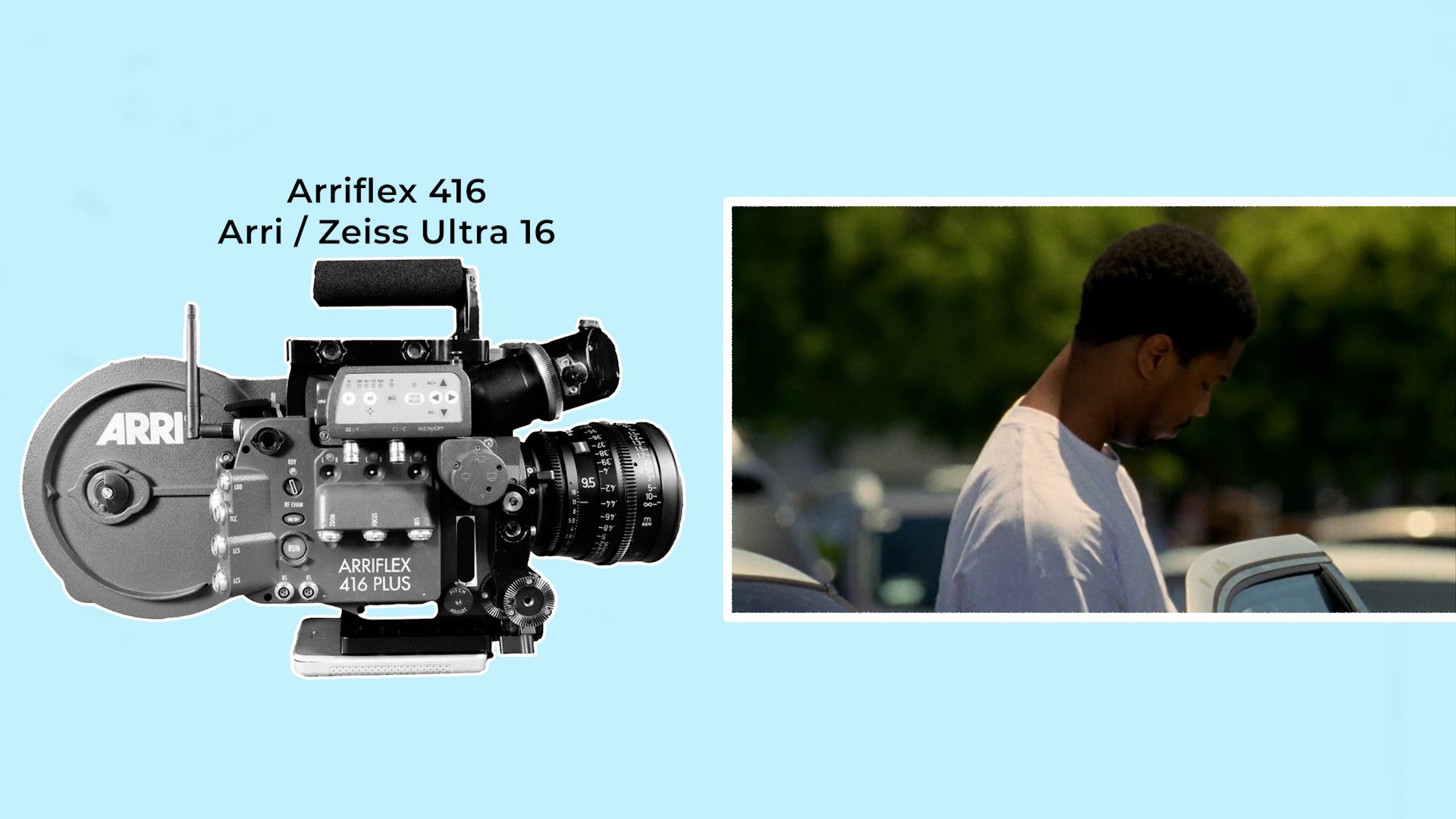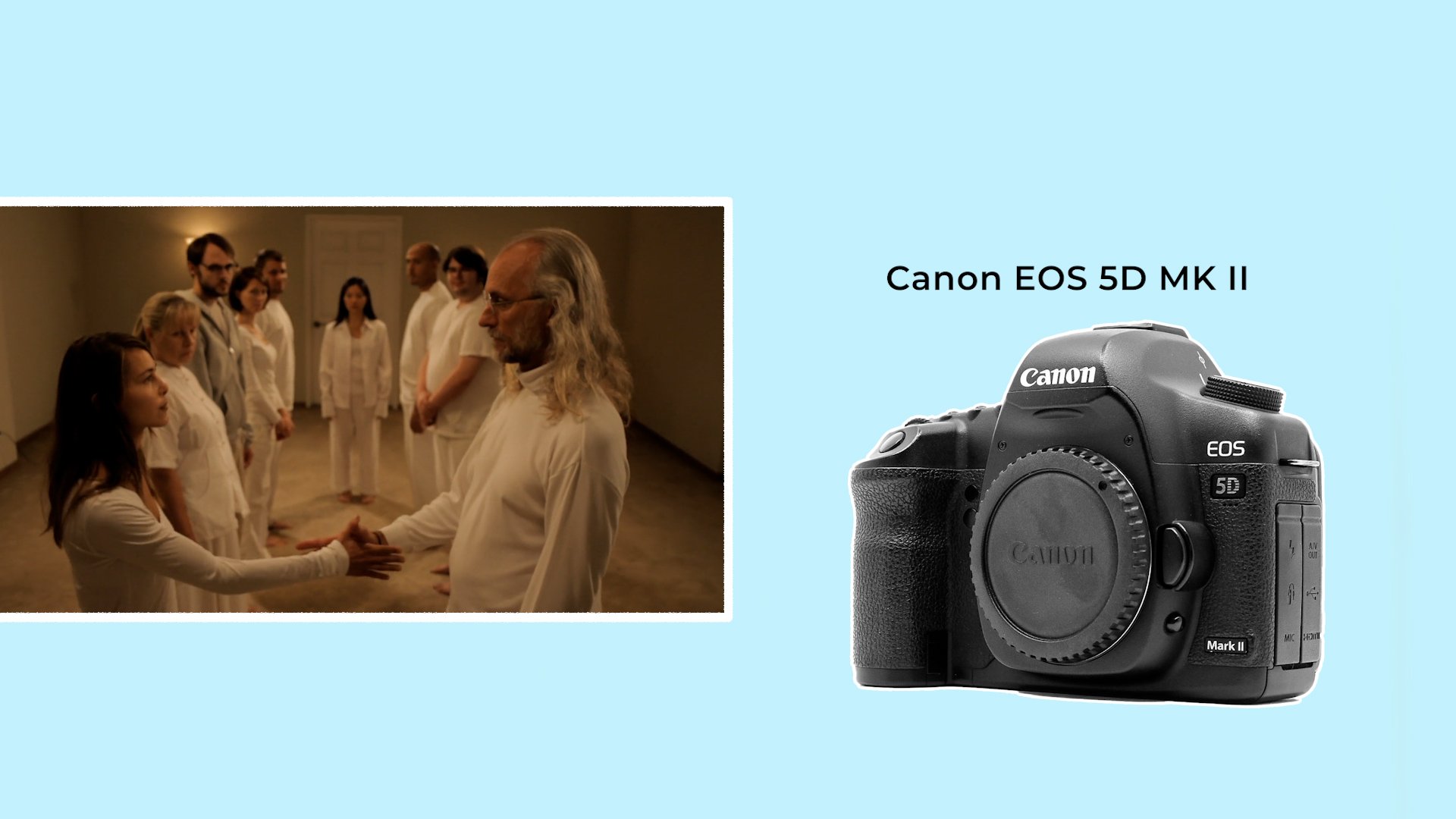Cinematography Style: Rachel Morrison
INTRODUCTION
What makes Rachel Morisson’s cinematography special, both in her work on indie projects as well as high budget studio movies, is how she is able to bring audiences closer to the truth and emotions of the characters with experiential, subjective photography. This comes from her frequent use of a handheld camera, her taste for naturalistic lighting, and desire to always serve the story with every cinematic choice.
In this video let’s dive a bit deeper into her work by looking at how she got to where she is in her career, her philosophy on filmmaking and some of the technical gear that she uses.
PHILOSOPHY
“I got out of school and got work right away in documentary filmmaking. But then 9/11 happened and I started to get pulled into reality TV that was the one thing that was paying the bills but I could still be behind the camera. And I got to the point when I said I never want to do this again. All I want to do is make narrative films. And, so, I stopped shooting reality and never looked back.” - Rachel Morrison
Part of what inspired her to want to shoot documentary early on came from her love of period photojournalism by photographers such as Dorothea Lange and Gordon Parks - who were able to tell really strong stories, which affected change, with only a single frame.
Documentary is a great training ground. It teaches cinematographers to make quick decisions, to change camera settings and do technical setups on the fly, quickly find good frames, and how to use natural lighting conditions.
Another skill that she picked up from shooting reality was the way that she operated a handheld camera.
“Operating is such an instinctive quality - and to come from documentary and basically learn to dance with the camera in response to somebody else’s emotion - it’s a strangely specific skill set. And that was really crucial I think to my journey as a DP.” - Rachel Morrison
These skills she picked up helped her to win a DP job to shoot a young director’s first indie movie - Fruitvale Station. Ryan Coogler was looking for a camera person who had a background in single camera documentary filmmaking who could work on the fly and tell a story in a realistic, subjective, experiential way.
The language of this film took on almost exclusively handheld camera movement, naturalistic lighting and created a fly on the wall feeling that is reminiscent of documentary filmmaking.
This is a feature that she has carried through her work. She often operates the camera on the shoulder, moving with characters, or holding frames with a natural handheld looseness and shake, to impart a mix of reality and emotional elevation to scenes.
Operating the camera with this kind of looseness, lack of rigidity and perfectly composed static frames, gives the images more of an organic feeling which brings the emotions of the characters to the forefront - like we are subjectively observing their reactions realistically, rather than watching technically perfect, rehearsed action on screen.
After getting a Best Cinematography nomination for Mudbound and moving up to make a studio feature - Black Panther - she found herself at a crossroads. In a middleground where the scripts she was being offered to shoot were either bigger studio movies which weren’t as narratively interesting or nuanced, or smaller indie movies that weren’t as impactful or make-able as some of her previous work.
This led her to forge a new path as a director. Like in her work as a cinematographer, as a director she also sought stories with a strong point of view, which informed, had a larger social impact and asked questions of the audience.
“For me, as a filmmaker, it’;s important not only to entertain but also to inform and inspire and emote and evoke and, hopefully, to leave the audience with a message of some kind.” - Rachel Morrison
GEAR
Much of her work favours quite a filmic look. Whether that’s the heavily textural Super 16 Fruitvale Station, or the tighter grain 35mm anamorphic look in Seberg.
However, since a fair amount of her work was done at the indie budget level, sometimes the practical and financial benefits from shooting on a digital camera outweighed the look of shooting on film.
Mudbound was one of these projects. Both Morrison and the director Dee Rees wanted to shoot this period movie photochemically, however after running the numbers on the budget they were presented with two choices - either shoot digitally, or shoot on the more expensive film format and lose two shooting days.
Due to the already tight schedule, they opted to shoot on the digital Alexa Mini with C-series anamorphic lenses from Panavision, and ran grading tests to get the footage to a filmic look they were happy with - which was reminiscent of her reference Gordon Parks’ photo exhibit ‘Segregation Story’ which had a muted colour palette yet rich blacks that weren’t too washed out.
“I would have loved to have shot this film on film and actually Dee would have too. But we did tests and in the tests I’d already started by rating the cameras at a 1,280 and at a 1,600ASA just to introduce a little bit of digital noise and then working with our dailies colourist to add a grain emulation and really try to get him to match the film dailies as best we could.” - Rachel Morrison
This gear selection choice of shooting with an Alexa sensor and Panavision anamorphic glass is one that she has used on multiple projects: like Dope, Mudbound and Cake, to get a widescreen look with anamorphic falloff while having the convenience of digital.
Despite often using this combination, her selection of gear is always catered to the story and also the budget - so sometimes changes from project to project. She shot Super 16 film on the Arriflex 416 with Zeiss Ultra 16 lenses on Fruitvale Station - using Kodak 500T for its higher grain look and better sensitivity for shooting in lower lighting conditions at night.
Or, she even shot the low budget indie The Sound Of My Voice on prosumer Canon 7D and 5D DSLR still cameras. When it came to lighting this movie she pulled from her early work on reality TV, where the light sources needed to be hidden by rigging them out of sight or incorporating the lighting through practical fixtures in the shot so that they could point the camera almost anywhere on the set without seeing lighting gear.
When moving from these lower budget productions up to an enormous MCU production, she found that the progression wasn’t quite as big a step up or change as many make it out to be, however there were some things that made shooting a studio film different.
To show this, let’s take a look at Morrison’s collaboration with Ryan Coogler on two movies, Fruitvale Station and Black Panther.
For one, in order to get a large amount of coverage of scenes she had to shoot with a dual camera setup controlled by multiple operators, instead of the single camera self-operated way of working that she did on most indie sets.
While the scale of the gear changed, many of the techniques she used were similar. For example, on Fruitvale Station she wanted to change the palette of the light of the BART station scenes - which in real life were lit by overhead warm fluorescent bulbs. To make the space feel a little less cosy and inviting she got her team to swap the light bulbs with a neutral white fluorescent.
Whereas on Black Panther, when they wanted to light a casino location with a soft, warm overhead source, they fully built the location as a huge set on a soundstage and rigged an enormous amount of LED lights overhead which they softened with diffusion.
Same idea but vastly different scale. Building everything from scratch rather than working with what is already present in a real location.
She mentions having somewhere around 300 Arri Skypanels on Black Panther, as opposed to working largely with practical sources and a small lights and grips package on Fruitvale Station.
Different films also demand different looks. Black Panther used a more vividly saturated comic book palette, while Fruitvale went with a more destaurated, toned down, textual realism.
They occasionally used more exaggerated dutch angles or rolled the camera on a Movi gimbal on Black Panther for more dynamic, comic book framing, while on Fruitvale they kept the camera handheld for more documentary subjectivity.
CONCLUSION
Whether she is shooting or directing, Rachel Morrison likes to keep the story at the forefront. Carefully selecting screenplays that both entertain and have a message that aligns with her sensibilities.
She’ll then bring her references, suggestions and visual preferences to the director - who she’ll work with to craft an experiential and often subjective look that is custom tailored to the story.









